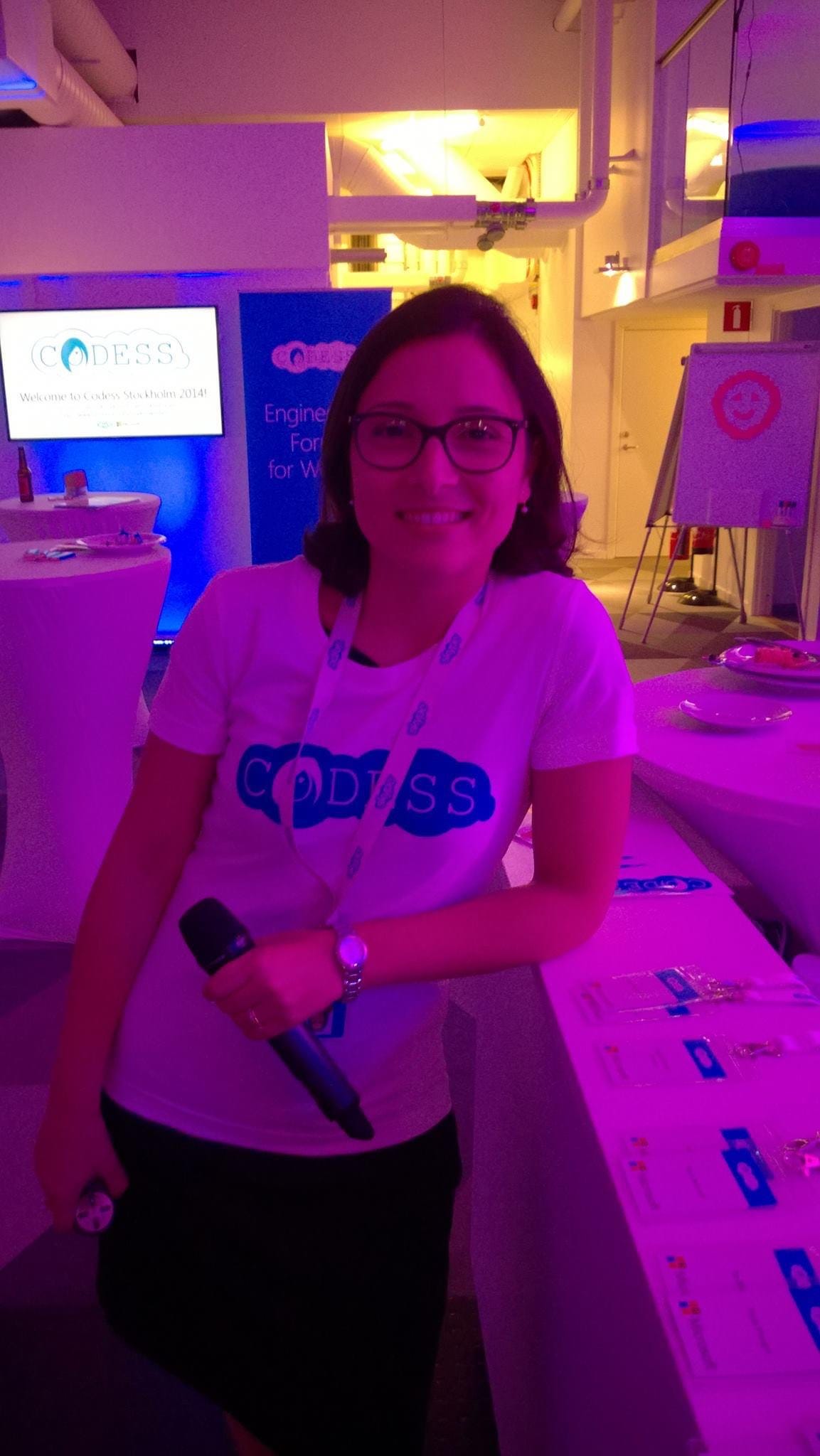This blog post is part of a series of posts dedicated to sharing Skype stories. I joined Skype as a Product Manager in 2014, and my time there was truly special. My emotional connection to the product runs deep, check this blog for more context.
Here is my faviourite product story:
In 2015, I embarked on one of the most ambitious projects of my career at Skype: enabling a Skype-to-Skype call using HoloLens, Microsoft’s cutting-edge augmented reality (AR) device. At the time, HoloLens was still in its early stages, meaning we were building a communication solution for a device that wasn’t even fully ready. Every assumption, every feature, and every test had to be constantly adjusted as the technology evolved.
But the challenge didn’t stop there. The vision was as bold as the technology itself: collaborating with NASA to send the HoloLens to the International Space Station (ISS) and facilitate a live video call between an astronaut in orbit and a team on Earth.
This was more than just a technical challenge, it was an opportunity to push the boundaries of communication and augmented reality beyond anything we had ever attempted before.
A Race Against Time
From the very start, this project felt like a moonshot. The idea of using HoloLens in space for real-time collaboration was groundbreaking, but it also meant navigating unpredictable challenges. We were designing for a device still in development, while also working within the strict constraints of space travel, this includes bandwidth, delay, and more.
Our deadline was immovable. June 2015 was the scheduled launch date of SpaceX’s Falcon 9 rocket, which would carry the HoloLens to space. We had only a few months to build, test, and prepare for the mission.
The pressure was immense. Every detail had to be perfect.
HoloLens had to function in microgravity, a completely different environment from Earth.
Skype had to deliver seamless communication, despite the constraints of space travel.
The user experience had to be intuitive, astronauts needed to use it with minimal training.
We worked tirelessly, testing and refining every aspect. The team was determined, energized by the idea that we were contributing to something far bigger than ourselves.
Finally, we did it. We delivered the HoloLens to NASA on time, ready for launch.
Disaster Strikes
Then, the unthinkable happened.
On launch day, we gathered in anticipation. Watching Falcon 9 lift off, we felt a mix of excitement and relief. This was the moment we had been working toward. But just minutes after liftoff, disaster struck.
The rocket exploded mid-air, destroying everything on board, including our carefully crafted HoloLens.
It was devastating. Months of work, countless hours of effort, and what felt like a once-in-a-lifetime opportunity—gone in seconds.
As Forbes reported at the time, the loss of the HoloLens was a major setback, not just for our team, but for NASA’s ambitious use of augmented reality in space exploration.
At that moment, it felt like all our work had been for nothing.
A Second Chance
But sometimes, setbacks aren’t the end, they’re just part of the journey.
Six months later, we got another shot. A new Falcon 9 launch was scheduled, and this time, we had a second chance to send the HoloLens to space.
This time, the mission was a success.
The HoloLens successfully reached the ISS, and when the Skype communication we had envisioned worked flawlessly, it was a moment of pure joy. Seeing astronauts use the technology we had built in real-time was surreal—it reminded me why I love building products.
It was a moment of immense pride, not just because of the success, but because of the resilience it took to get there.
A heartfelt thank you to all the Microsoft teams I had the privilege to collaborate with, those who shared the excitement of the launch, the challenges of setbacks, and the relief of success alongside me.








